AMD Athlon II X4 645 Review
Written by
Paul Goodhead
October 6, 2010 | 10:47
Tags: #am3 #athlon #best #black-edition #cheapest #cpu #dual-core #fastest #overclocking #pentium #phenom #processor #quad-core #socket-am3
Companies: #amd
1 — AMD Athlon II X4 645 Review2 — Athlon II X4 645 Test Setup3 — Athlon II X4 645 Cinebench and WPrime4 — Athlon II X4 645 Image Editing and Video Encoding5 — Athlon II X4 645 Multi-tasking and Overall Score6 — Athlon II X4 645 Gaming Performance7 — Athlon II X4 645 Power Consumption8 — Athlon II X4 645 Performance Analysis and Conclusion
AMD Athlon II X4 645 Review
Manufacturer:AMD
UK price (as reviewed):£94.75 (inc VAT)
US price (as reviewed):$125.99 (ex tax)
If we’re honest, we’re a little bored with the top end of the CPU market. Intel’s LGA1366 socket dominates anything that AMD can throw at it and while that’s good for Intel, it’s not particularly interesting for anyone else involved.
Thankfully the budget CPU market is far more open and interesting as AMD is a genuine competitor to Intel at this end of the CPU scale. This means little events such as die revisions, clock boosts and price drops can have a significant effect on the market. It’s against this background that AMD has released a raft of new CPUs, all of which are based on a slight clock bump to a current model.
Click to enlarge
One such CPU is the AMD Athlon II X4 645, a quad-core chip that’s modeled on the Athlon II X4 640. The headline improvement is the addition of an extra 100MHz of frequency, meaning the 645 runs at an impressive 3.1GHz, making it AMD’s fastest quad-core Athlon chip. AMD also claims to have implemented a raft of more subtle tweaks and changes, but the fact that both the chips are based on the C3 stepping of the Propus die indicates that these changes are minor.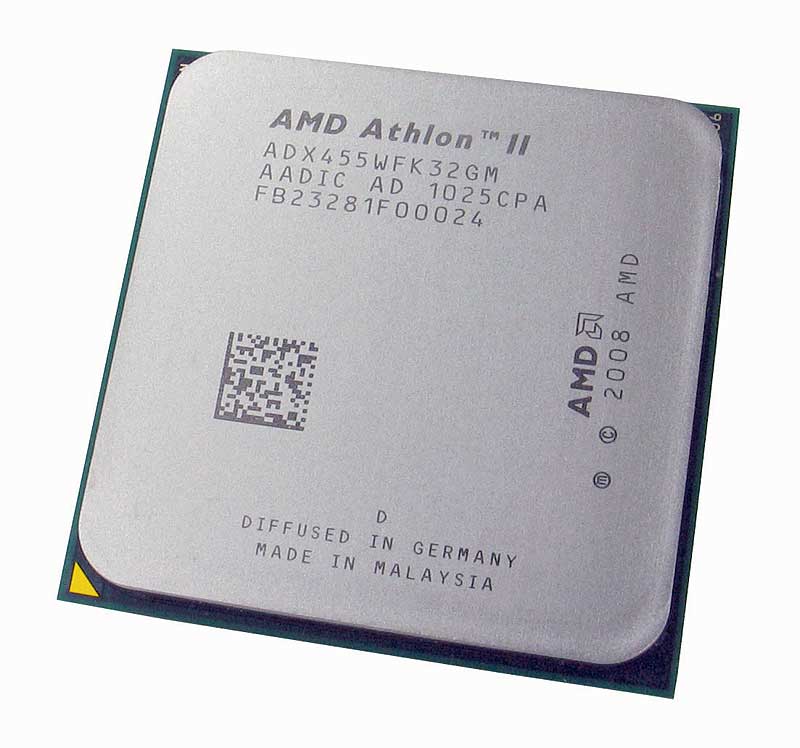
As a result, the X4 645 is still made with the same 45nm SOI process as the X4 640 and retains the same 128KB of Level 1 cache and 512KB of Level 2 cache per core. The X4 645 also still lacks the large pool of Level 3 cache that AMD’s Phenom II line of processors enjoys. The lack of L3 cache helps AMD produce Athlon IIs at budget prices.
At £94 the X4 645 has plenty of competition. Intel’s excellent and immensely overclockable Pentium G6950 retails for around £15 less than the X4 645 and while it may only be a dual-core chip, the fact that it’s based on the Clarkdale die design means it’s able to process more instructions per clock (IPC) per core than the X4 645. Also in competition with the X4 645 is the bottom end of Intel’s Core i3 range and AMD’s own triple-core and dual-core Phenom II CPUs.
Click to enlarge
Overclocking
Given that the X4 645 is based on the same stepping as the current Athlon X4 chips we weren’t expecting it to be significantly more overclockable than the other CPUs in this range that we’ve seen. We’re always hoping to be surprised though, so we eagerly strapped the CPU into our test bed to see what it could do.
We’re always hoping to be surprised though, so we eagerly strapped the CPU into our test bed to see what it could do.
We eventually managed to get the CPU running solidly at 3.725GHz, a significant 625MHz boost over its stock speed. To achieve this we used a HTT clock of 297MHz and a multiplier of 12.5; at these settings our memory ran at 1,584MHz which is just below its rated speed. These settings required a vcore of 1.584V, a CPU/NB voltage of 1.46V, a HT voltage of 1.36V and a Northbridge and Southbridge voltage of 1.3V.
Specifications
- Frequency: 3.1GHz
- Core: Propus
- Manufacturing process: 45nm
- Number of cores: 4 x physical
- Cache: L1: 128KB (each core), L2: 512KB (each core)
- Memory controller: Dual-channel DDR2/DDR3
- GPU: None
- Packaging: AM3
- Thermal Design Power (TDP): 95W
- Features: SSE, SSE2, SSE3, SSSE3, SSE4, AMD64, Cool n Quiet 2.
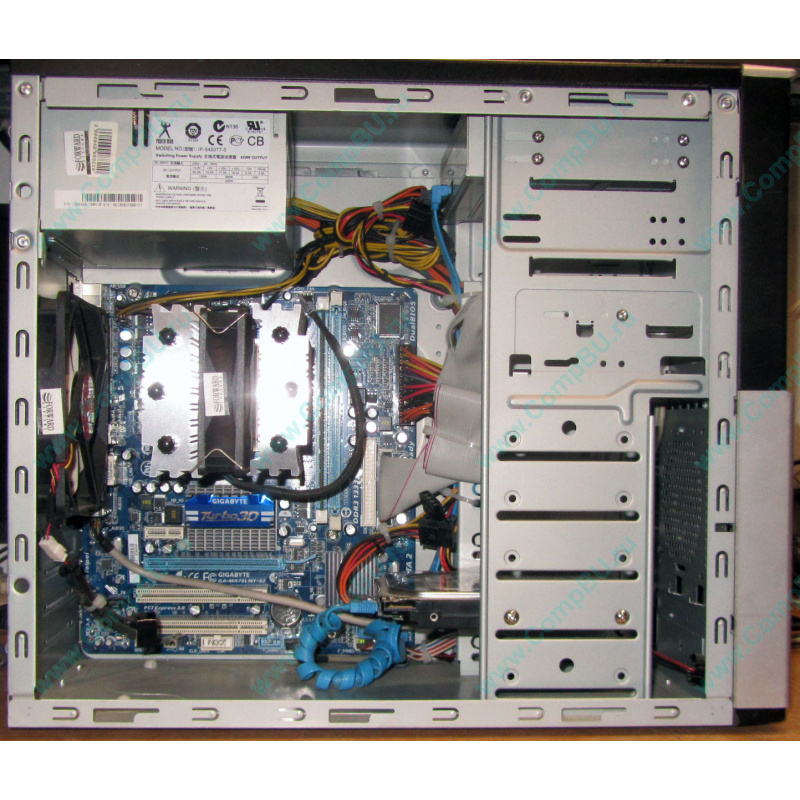 0, xD, AMD-V, MMX
0, xD, AMD-V, MMX
1 — AMD Athlon II X4 645 Review2 — Athlon II X4 645 Test Setup3 — Athlon II X4 645 Cinebench and WPrime4 — Athlon II X4 645 Image Editing and Video Encoding5 — Athlon II X4 645 Multi-tasking and Overall Score6 — Athlon II X4 645 Gaming Performance7 — Athlon II X4 645 Power Consumption8 — Athlon II X4 645 Performance Analysis and Conclusion
In this review PCSTATS is testing AMD’s latest Bringing the AII X4’s AMD’s Athlon II X4 645 is a native socket AM3 processor On the spec front, AMD’s 3.1GHz Athlon II X4 645 processor
Manufactured on a 45nm SOI process at the Global Foundries As Retailing at launch for$122 CDN ($122 USD, £75 GBP) , the Athlon Athlon II = No L3
Fast L3 cache is important for communication between processor cores and multi-threading efficiency. In applications
Let’s see Core-by-Core CPU Power CPU power draw (expressed in Watts) can be easily The power
Even with a couple
The power draw for the Athlon II X4
Next up, PCSTATS overclocks the Athlon II X4 645 chip towards 4GHz, then
|
||||||||||||||||||||||||||||||||||||||||||||||||||||||||||||||||||||||||||||||||||||||||||||||||||||||||||||||||||||||||||||||||||||||||||||||||||||||||||||||||||||||||||||
Athlon II X4 645 processor [in 3 benchmarks]
AMD
Athlon II X4 645
- Interface
- Core frequency
- Video memory size
- Memory type
- Memory frequency
- Maximum resolution
Description
AMD started AMD Athlon II X4 645 sales on September 21, 2010 at a suggested price of $80.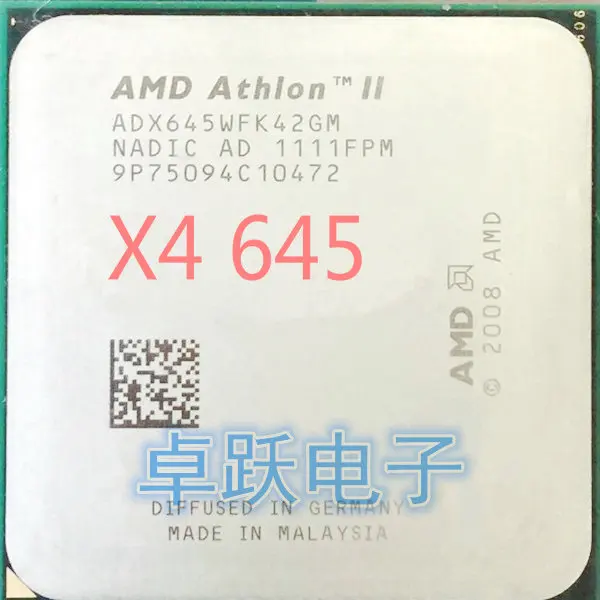 This is a desktop processor based on the Propus architecture, primarily designed for office systems. It has 4 cores and 4 threads and is manufactured using 45nm process technology, the maximum frequency is 3.1, the multiplier is locked.
This is a desktop processor based on the Propus architecture, primarily designed for office systems. It has 4 cores and 4 threads and is manufactured using 45nm process technology, the maximum frequency is 3.1, the multiplier is locked.
In terms of compatibility, this is a socket processor
AMD socket AM3
with TDP 95W. It supports DDR3 memory.
It provides poor benchmark performance at
2.32%
from the leader, which is AMD EPYC 7h22.
Athlon II
X4 645
vs
EPYC
7h22
General information
Information about the type (desktop or laptop) and architecture of the Athlon II X4 645, as well as when sales started and cost at that time.
| place in the performance rating | 1817 | ||
| Price-quality | out of 16317 (EPYC 7351) |
Price-quality ratio
- 0
- 50
- 100
Features
Athlon II X4 645 quantitative parameters such as number of cores and threads, clock speeds, manufacturing process, cache size and multiplier lock state. They indirectly speak about the performance of the processor, but for an accurate assessment, you need to consider the results of the tests.
of 5 (Apple M1)
of 5 (Apple M1))0005
| RAM | DDR3 | of 5200 (Ryzen 5 7600x) |
periphery
Athlon II X4 645 supported peripherals and how to connect them.
| CHILDER PCI Express | 2.0 | of 5 (Core i9-12900K) |
Tests in the benchmarks
These are the results of the Athlon II X4 645 performance tests in non-gaming benchmarks. The overall score is set from 0 to 100, where 100 corresponds to the fastest processor at the moment.
Overall performance in tests
This is our overall performance rating. We regularly improve our algorithms, but if you find any inconsistencies, feel free to speak up in the comments section, we usually fix problems quickly.
Athlon II X4 645
2.32
- Passmark
- GeekBench 5 Single-Core
- GeekBench 5 Multi-Core
Passmark
Passmark CPU Mark is a widely used benchmark that consists of 8 different tests, including integer and floating point calculations, extended instruction tests, compression, encryption, and game physics calculations.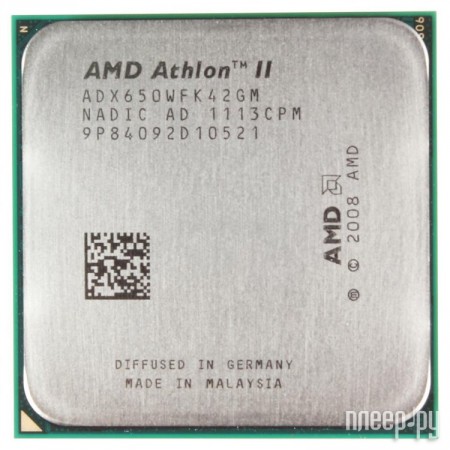 Also includes a separate single-threaded test.
Also includes a separate single-threaded test.
Benchmark coverage: 69%
Athlon II X4 645
2341
GeekBench 5 Single-Core
GeekBench 5 Single-Core is a cross-platform application designed as CPU benchmarks that independently recreate certain real world tasks that can be used to accurately measure performance. This version uses only one processor core.
Benchmark coverage: 37%
Athlon II X4 645
376
GeekBench 5 Multi-Core
GeekBench 5 Multi-Core is a cross-platform application designed as CPU benchmarks that independently recreate certain real world tasks that can accurately measure performance. This version uses all available processor cores.
Benchmark coverage: 37%
Athlon II X4 645
1265
Relative capacity
Athlon II X4 645 overall performance compared to its closest competitor desktop processors.
AMD Phenom II X4 840
100.43
Intel Core i3-6102E
100.43
AMD Phenom II X4 B95
100
AMD Athlon II X4 645
100
AMD A8-3870K
99.57
Intel Pentium G4400T
99.57
AMD A8-3850
98.71
Competitor from Intel
We believe that the nearest equivalent to Athlon II X4 645 from Intel is Core i3-6102E, which is roughly equal in speed and is 3 positions higher in our rating.
Core i3
6102E
Compare
Here are some of Intel’s closest competitors to the Athlon II X4 645:
Intel Celeron N4505
101.29
Intel Core i5-660
100. 86
86
Intel Core i3-6102E
100.43
AMD Athlon II X4 645
100
Intel Pentium G4400T
99.57
Intel Celeron G3920
98.71
Intel Celeron G5905T
98.71
Other processors
Here we recommend several processors that are more or less similar in performance to the reviewed one.
Phenom II
X4 B95
Compare
Phenom II
X4 840
Compare
A8
3870K
Compare
Core i5
660
Compare
A10
6700T
Compare
Phenom II
X4 850
Compare
Recommended video cards
According to our statistics these video cards are most often used with Athlon II X4 645:
GeForce GTS
450
7. 1%
1%
GeForce GTX
550 Ti
5.3%
GeForce GTX
1050 Ti
4%
GeForce GTX
650
4%
GeForce GT
1030
4%
GeForce GTX
750 Ti
3.9%
Radeon HD
6670
3.2%
GeForce GT
440
3.2%
GeForce GT
710
2.7%
GeForce GT
730
2.6%
User rating
Here you can see the evaluation of the processor by users, as well as put your own rating.

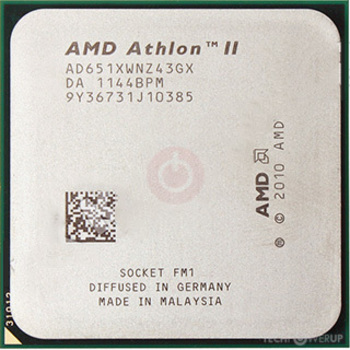
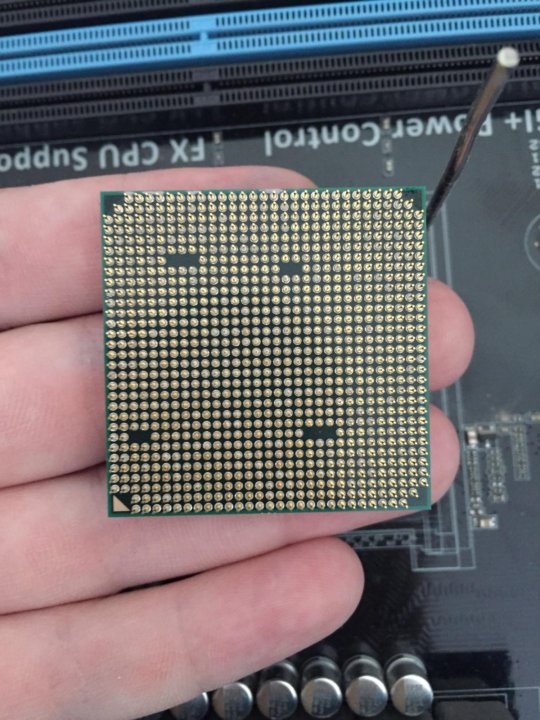
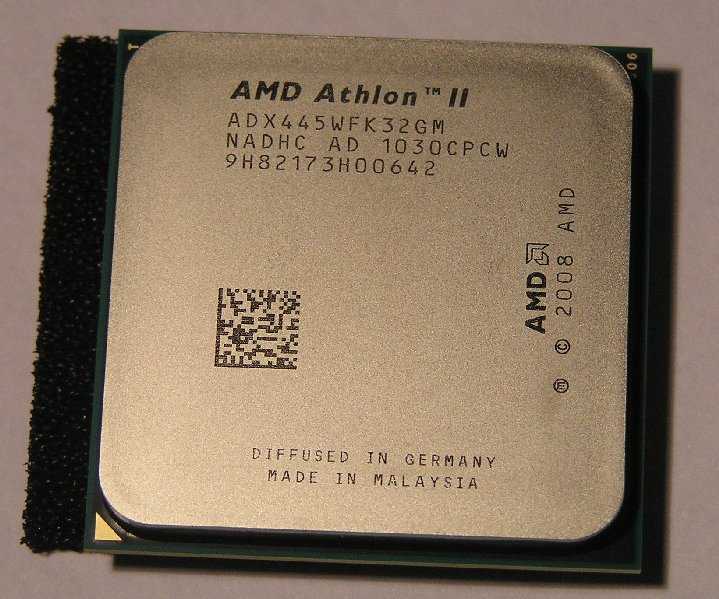
 11GHz
11GHz Built in virtualization is one
Built in virtualization is one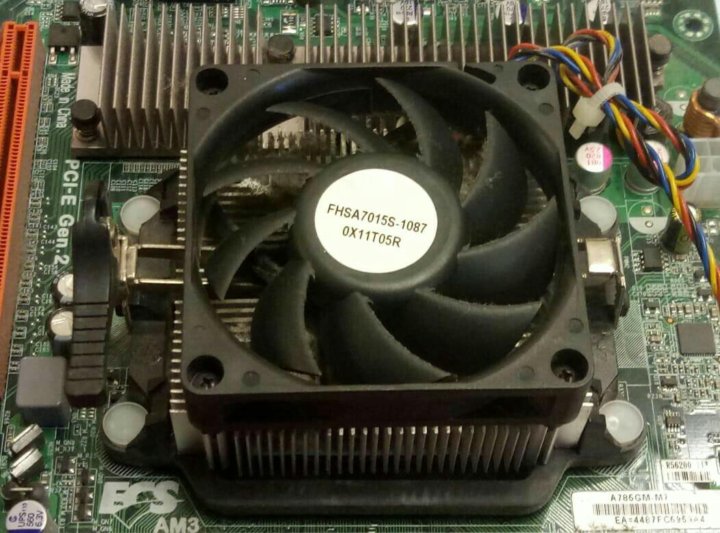
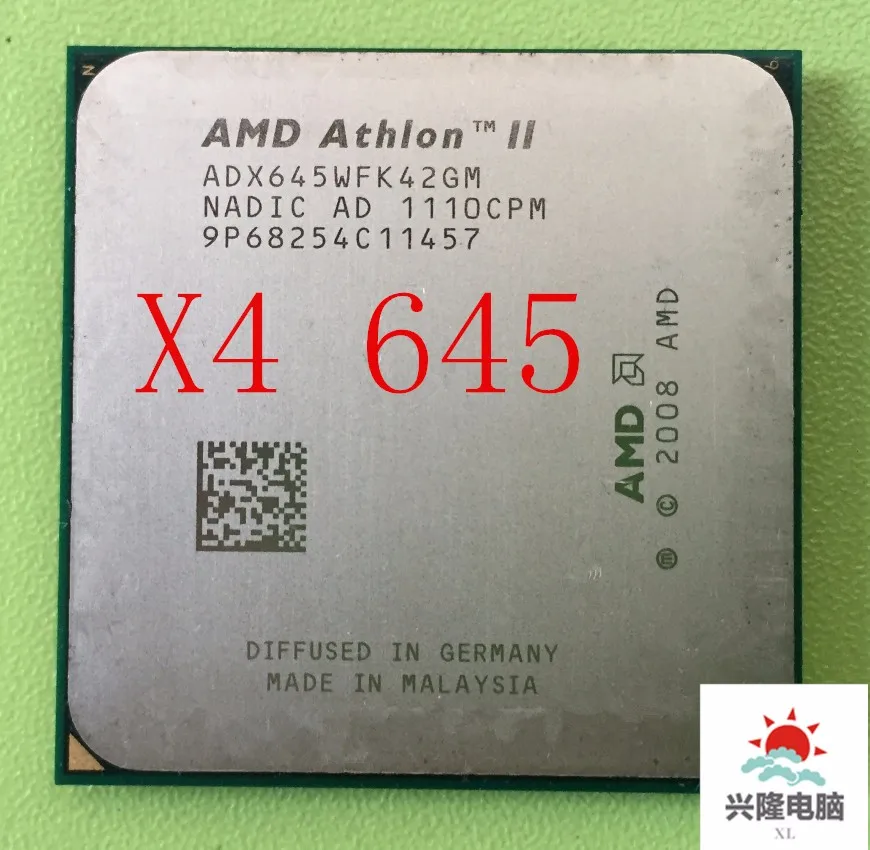 To stress each core in the processor
To stress each core in the processor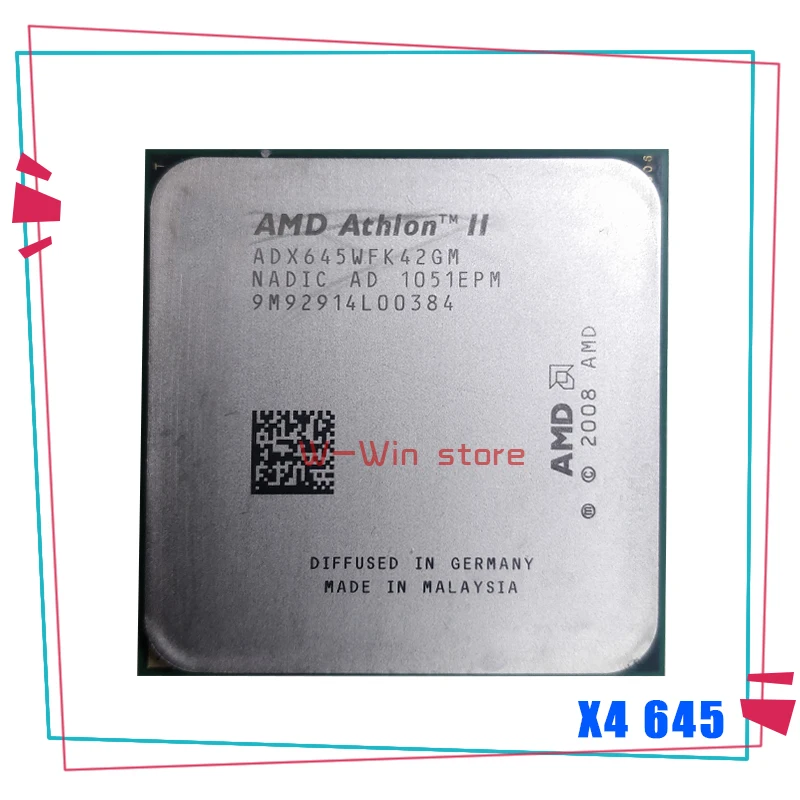 We’ll see where the power draw figures stand once the system is under
We’ll see where the power draw figures stand once the system is under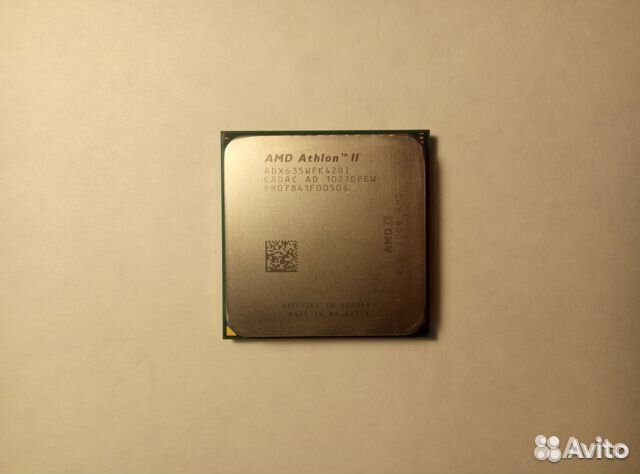 Compared
Compared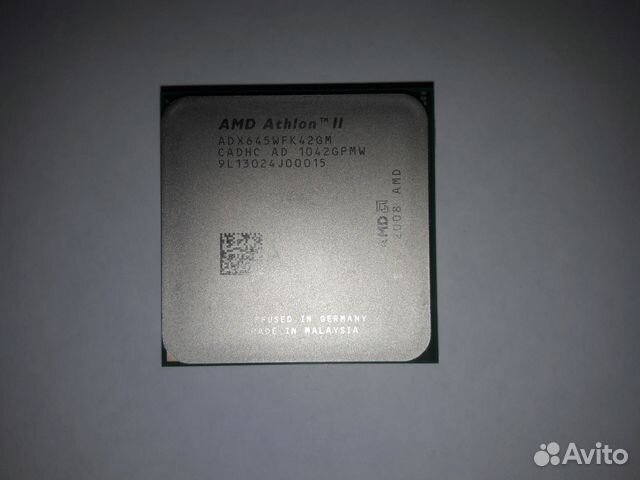
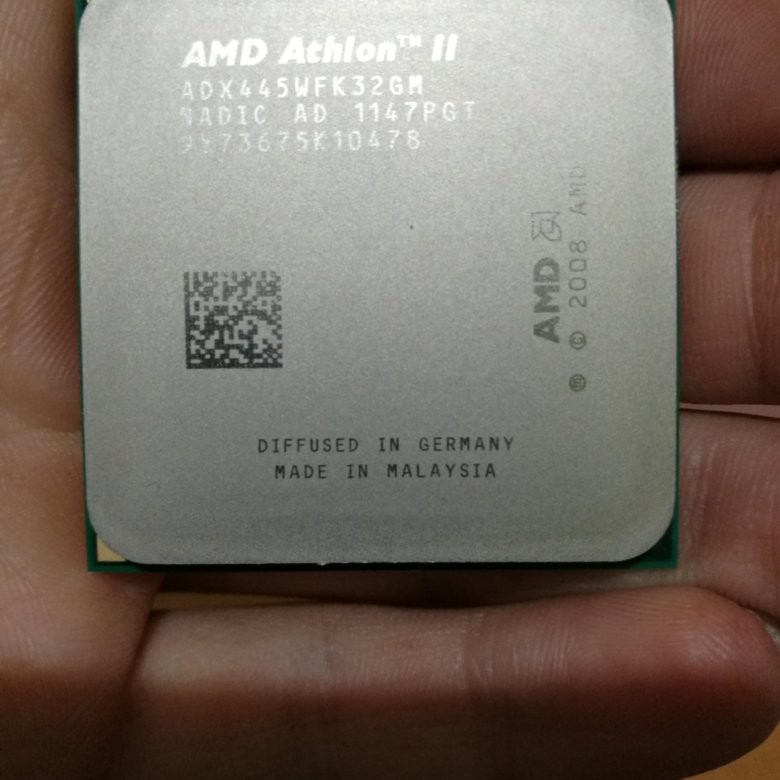 5x)
5x)